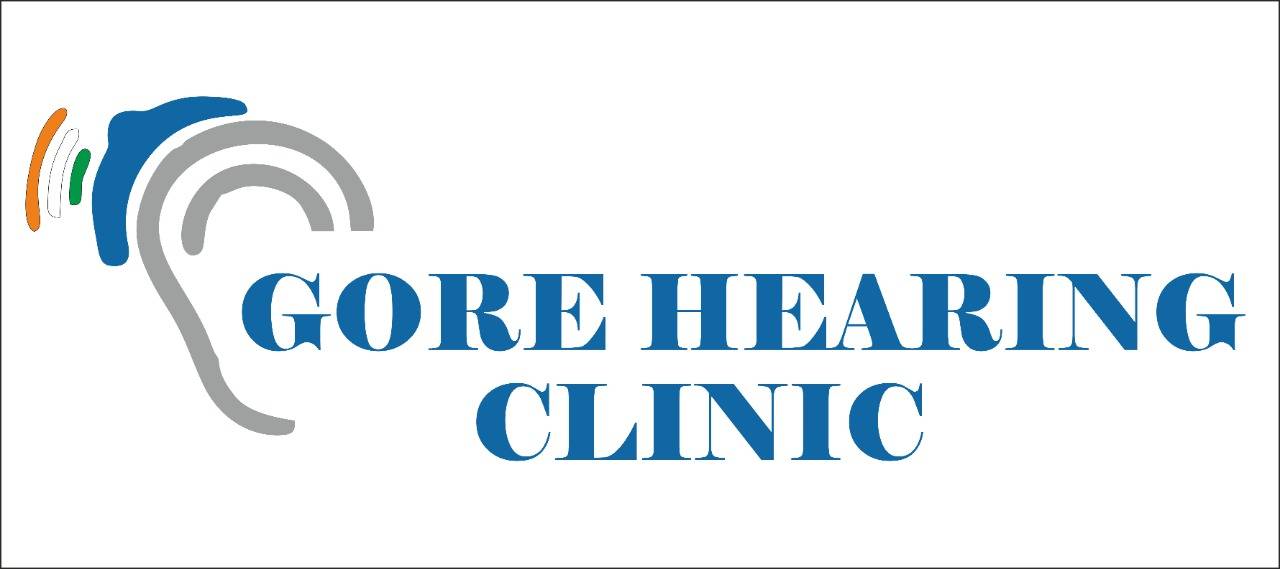Hearing Aids Style

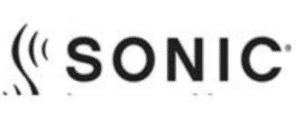


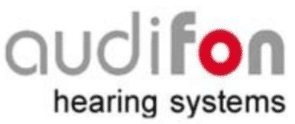

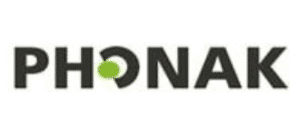
What is Baha- bone anchored hearing aid
A cutting-edge medical technology recognized by the Food and Drug Administration to treat specific types of hearing loss is a bone conduction hearing aids or hearing systems, commonly known as osseointegrated or bone-anchored devices. For bone conduction hearing systems, there are surgical and non-surgical solutions.
The Baha system is an innovative technology that has been approved by the Food and Drug Administration to treat hearing loss. Dr. Sadanand Gore has worked in Baha, where he used to manage patients of Baha from Maharashtra, Gujrat, Madhya Pradesh, and Goa.
How do hearing aids with bone conduction function?
Hearing aids that use bone conduction enhance sound by sending vibrations through the skull’s bones and directly stimulating the cochlea (see How the Ear Works). This kind of amplification does not require any part of the device to be inserted into the ear canal and instead transmits sound through the middle ear, unlike a standard hearing aid.
Initial evaluation
The audiologist or ENT surgeon will determine whether a BAHA is appropriate for your child based on hearing tests performed in the clinic or at your neighborhood hospital, as well as the health of your child’s ears.
If so, a soft band BAHA is put to the test. Your child will continue doing this up until it is decided that a BAHA will be beneficial and that the operation should go forward. The gentle band might only be used temporarily until your child is mature enough for the operation, depending on their age.
If the trial is successful, the audiologist will schedule a consultation for you with an ENT surgeon so you can talk about the procedure.
A BAHA will not be the best option for your kid if the trial is unsuccessful, therefore other therapies may be investigated with you.
The BAHA procedure
On the day of surgery as well as at a clinic visit, your child’s ENT surgeon will go through this in great detail. They will respond to your inquiries before requesting your signature on a consent form to authorize the procedure.
Your youngster will undergo the procedure while being given general anesthesia. You will discuss this with an anesthetist on the day of the operation.
Patients with this condition may benefit from this treatment option
- Microtia/anotia where they have conductive component and they can hear regular hearing aids
- If one ear is normal and the other ear has hearing loss which is not helped by a hearing aid typically called single-sided deafness.
- Patients with repeated ear surgeries where hearing aids have limited benefit or they can’t use hearing aid because of ear discharge.
Humans hear in two ways. Air conduction and bone conduction. The Baha offers an alternative method for achieving sensitive hearing by way of Bone Conduction. The Baha works on a principle of efficient coupling of the sound processor to the underlying bone through 1) a small connector across the skin and 2) an implant that directly bonds with the underlying bone – an osseointegrated implant. The Baha is currently the only device that works through direct bone conduction.
What is done during the procedure?
Local or general anesthesia is used during the titanium screw placement surgery, which can be completed in a single day. Typically, the fixture and associated abutment are inserted in a single step. In order to prepare the skin around the screw site, a small amount of surgery is required. To accommodate the length of the abutment, a little incision is made behind the ear, and then a small amount of tissue may be excised from beneath the skin. After drilling the screw fixture into the bone, the skin around the abutment is sutured together. For 10 to 14 days, the skin is kept in place with a dressing and a cover cap on the abutment.
The average time required for the screw fixture to firmly integrate with the bone is six to eight weeks (longer in youngsters). The hearing processor can then be fitted and put to use after the healing process is finished.
How does Baha work?
It involves a team approach that includes an Audiologist and ENT surgeon. Baha is a technology that combines a sound processor with a small titanium fixture implanted behind the ear. This unique system allows the bone to transfer sound to a functioning cochlea (See How the Ear Works) rather than via the middle ear – a process known as direct bone conduction. There are mainly 4 types of Bone conduction systems.
- Nonsurgical System: This uses a Baha processor along with a soft band or sound arc. This is non-surgical fitting usually recommended for children below 5 years of age who are not yet fit for surgery.
- Connect system: Connect system is made up of an implant, abutment, and processor. This is a surgical process.
- Attract system: This surgical process includes an implant, internal magnet, external magnet, and processor. This system is generally recommended in India as there is no issue with site cleaning.
- OSIA 2: This active bone conduction system has a transducer placed under the skin. This gives the highest clarity of sounds.
Follow-up consultations
Following the procedure, we will schedule a follow-up appointment with the ENT surgeon for about one month. We will confirm the date for this if the abutment is being linked to your child during a subsequent operation.
Two to three months following the procedure, a consultation with an audiologist will be scheduled.
Our Products
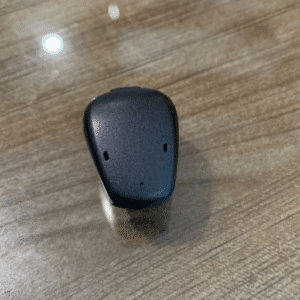
Baha- bone anchored hearing aid
Brand: Signia

Baha- bone anchored hearing aid
Brand: Signia
FAQ regarding hearing aids and clinic
The system consists of three components: the titanium fixture, the abutment, and the external sound processor.
Ear Nose Throat specialist with your audiologist can determine if you are a good candidate for Baha. You will have an opportunity to try the Baha processor connected to a soft and during your appointment. This will provide some sense of what sound would be delivered through bone conduction.
The average time required for the screw fixture to firmly integrate with the bone is six to eight weeks (longer in youngsters). The hearing processor can then be fitted and put to use after the healing process is finished.
Candidates for bone conduction hearing aids may experience hearing loss due to:
- Ear canal or middle ear malformation
- Infection of the ear canal that causes persistent ear drainage
- Persistent otitis media
- Atresia congenital
- Cholesteatoma
A thorough evaluation of your child’s hearing, including bone conduction testing, should be provided by your local audiology service. Your youngster will have a proper hearing aid fitting and wear it for at least four weeks, depending on the results. If your kid discovers that the hearing aid is ineffective and they meet the requirements established by the BCHI makers, they will have the choice of being referred to the Hearing Implant Service for additional evaluation for a BCHI.
When you visit the Gore Clinic, our qualified staff of audiologists will examine all of these elements and evaluate the results of your tests to assist you in choosing the ideal procedure. We will provide a recommendation based on our experience and direct you toward better hearing.

